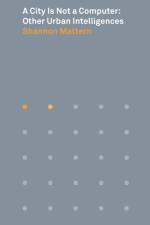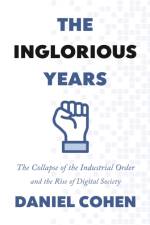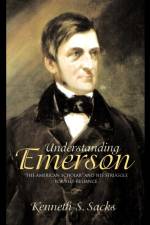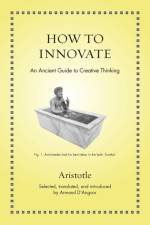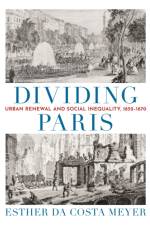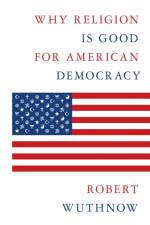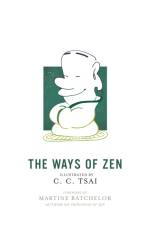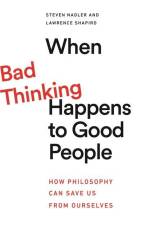av Arthur V. Evans
549
From the author of the acclaimed Beetles of Eastern North America, a triumphant follow-up guide to western beetles, lavishly illustrated with more than 1,500 stunning color photographsBeetles of Western North America is a landmark book-the only comprehensive color photographic guide to the remarkably diverse and beautiful beetles of the United States and Canada west of the Continental Divide. A triumphant follow-up to Arthur Evans's highly regarded Beetles of Eastern North America, this engaging and accessible book covers 1,428 species from all 131 families that occur in the West. The book is lavishly illustrated with more than 1,500 stunning images by some of the best insect photographers in North America.An extensive introduction provides essential information on beetle anatomy, natural history, behavior, and conservation, as well as tips on where and when to find beetles; how to photograph, collect, and rear them; and how to contribute to research. Beetles of Western North America is organized by family, and each family and species account presents concise and easy-to-understand information on identification, natural history, collecting, and geographic range. The book includes current information on distribution, biology, and taxonomy not found in other guides, and features an illustrated identification key to the most common beetle families.An unmatched guide to the rich variety of western North American beetle fauna, this is a must-have book for amateur naturalists, nature photographers, insect enthusiasts, students, professional entomologists, and other biologists.The only comprehensive color photographic guide to the region's beetlesCovers 1,428 species from all 131 families west of the Continental Divide, and offers tips for identifying more than 450 additional speciesFeatures more than 1,500 stunning color photographsPresents concise information on identification, natural history, collecting, and geographic range for each species and familyIncludes an illustrated identification key to the most common beetle families


